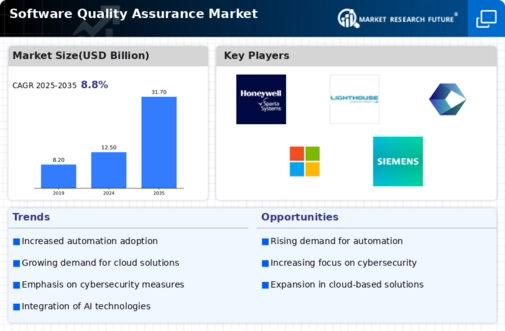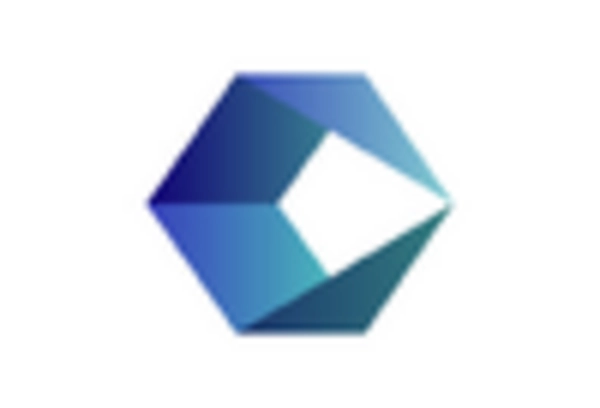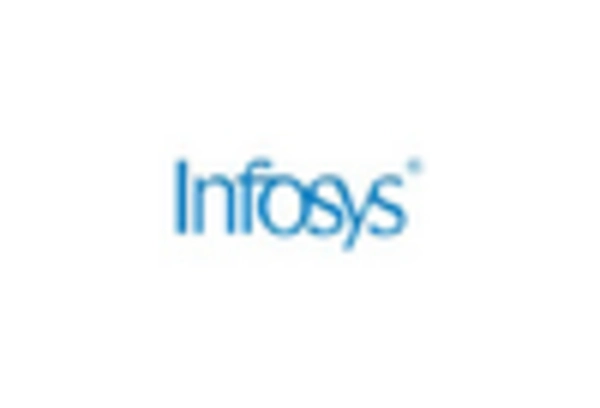Market Analysis
In-depth Analysis of Software Quality Assurance Market Industry Landscape
The global software quality assurance market is set to reach US$ 20.8 BN by 2030, at a 8.80% CAGR between years 2022-2030. The SQA market is characterized by powerful forces that reveal the dynamic nature of software development and drive need for delivering quality digital products. At the time of my last knowledge update, several salient market factors continue to shape SQA marketing. The increasing complexity of software applications is one fundamental factor that has led to the need for SQA services. As software becomes increasingly complicated, embracing complex functionalities and integrations, the demand for strict quality assurance procedures rises.
The SQA solutions play a vital role in the implementation of software applications that meet strict quality standards, perform reliably, and provide good user interface. The perpetual seeks to excel at software in the face of increasing complexity drives market dynamics. Agile and DevOps methodologies play an important role in driving SQA market dynamics. Continuous integration, continuous delivery and rapid iterations are key aspects of Agile which further revolutionized software development with DevOps. SQA practices have changed to suit the flow of these methodologies, incorporating testing processes into the development process without any friction. The need for SQA solutions that support agile and DevOps practices is a movement force as organizations emphasize velocity, teamwork, and efficiency in their software development processes.
There is a need for faster and more comprehensive testing processes in the SQA market, which automation helps to achieve. Automated testing tools and frameworks play an important role in SQA implementation since they enable organizations to perform exhaustive tests across different environments, scenarios, platforms as well series of configurations. The market dynamics include the demand for test automation to improve testing efficiency, reduce time-to-market and ensure reliability of software applications in an ever more competitive environment. UX and customer satisfaction play a crucial role in defining the SQA market. SQA extends beyond functional testing to focus on the positive and non-interrupted user experience. SQA solutions are beneficial to UX testing since they help discover problems with user experience, accessibility, and overall satisfaction.
The market dynamics are driven by the realization that quality software delivery involves more than just functionality but also takes into consideration end-user satisfaction. Security considerations significantly influence the operation of SQA market dynamics. Given the growing rate and complexity of cybersecurity threats, organizations focus on securing their software applications especially. SQA practices have evolved to include the security testing, looking at vulnerabilities and ensuring that software complies with stringent safety regulations.









Leave a Comment